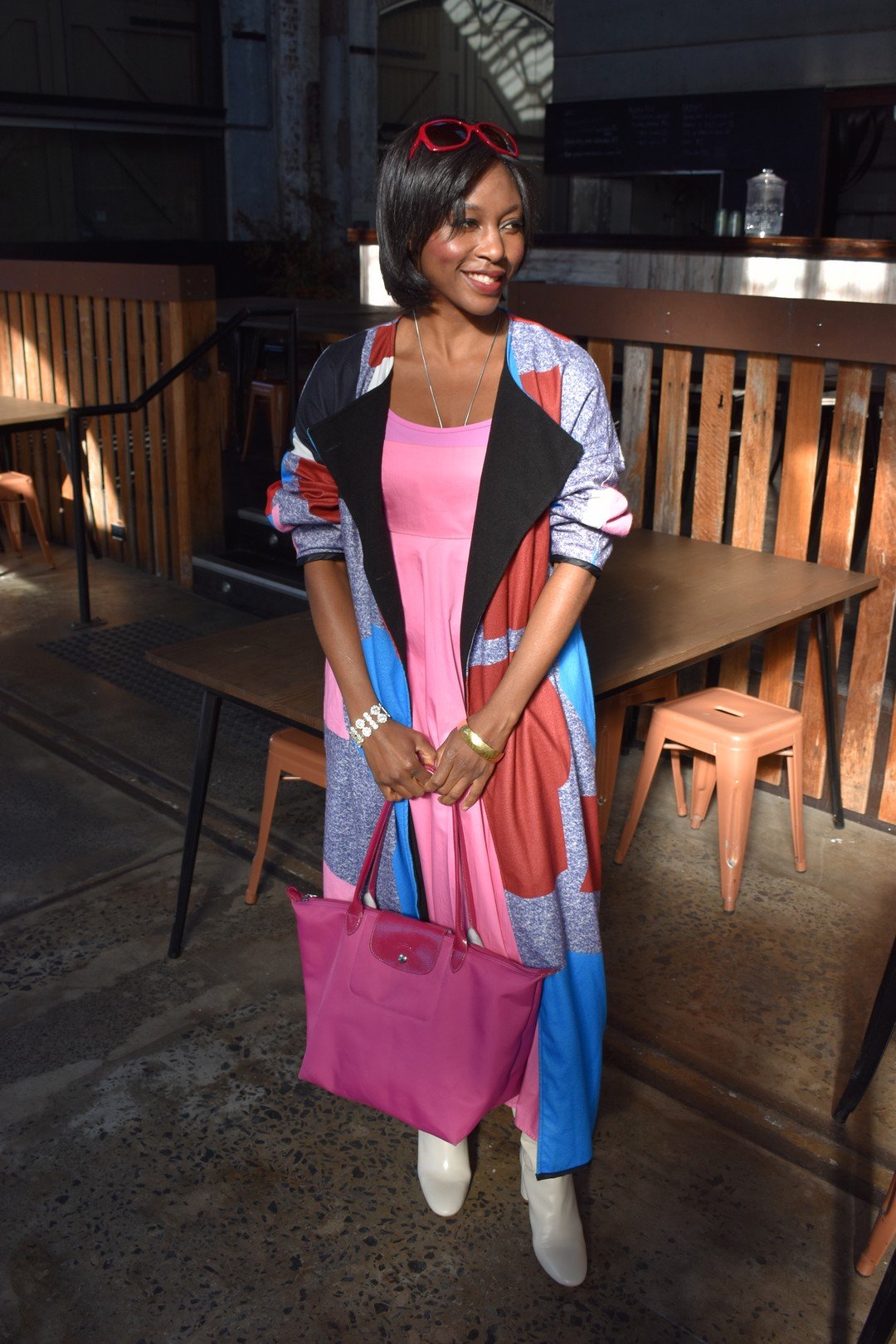In this very strange era where clothes are cheaper than chips and perceived as disposable, it’s a real shame that so many amazing, reusable items end up in landfill. Globally, a little under a hundred billion garments end up in landfill each year. In Australia alone, that figure is over 200,000,000 kg a year.
If you’re someone who loves good style but hates fashion waste, clothes swapping might be the answer to ending this conveyor belt of waste to landfill.
At a clothes swap, attendees bring their quality unwanted garments and accessories to swap with other people’s valued, quality items.
Why swaps are so much fun? Whether you’re swapping with a few friends at home, or with a big group of strangers bonding over your mutual love for style and waste reduction, you’ll likely walk away with a big smile on your face. Here’s why:
you meet lots of cool, like-minded people
swaps reduce clothing waste to landfill by keeping clothes in circularity for longer
swaps reduce carbon emissions, energy and virgin resource use
they’re a free (or low cost) way to give your wardrobe a refresh and new look
an easy way for your community, organisation, friends or neighbourhood to fight waste.
Need an additional reason? How about using the swap idea as an excuse for a party?!
Here are ideas to help you get your swap game going:
Have a film screening
ABC TV’s environmental tv series War On Waste is an entertaining and informative docuseries that complements a swap perfectly. Have a few friends over at your place for a screening night with a clothes swap on the side. You can also screen other documentaries and films that fuel your passion for sustainable action. A clothes rack or table where people can hang or place their swap items is sufficient. Bonus points if there's drinks and food!
Photo by Joseph Pearson on Unsplash
Neighbourhood & community swap party
Now this is a real party. Organise a clothes swap in your neighbourhood with neighbours or community with members. It can literally be on the street (with required permits), in front of several houses or even a community hall. At these community swaps, new friendships are formed, communities are built and grow stronger. It brings people together and inspires conversations on ways that people in the local community can collectively take action such as swapping other household items to reduce waste, community gardening and composting for instance.
Food always makes events more exciting so you can also make it a barbeque or food potluck clothes swap! Some music and entertainment are options that work beautifully in these scenarios. If you need guidance on hosting a swap, you can find resources here to support you through the process.
All-day drop in clothes swap
These swaps are so convenient for people to drop in when it suits them. The swap can run for several hours or all day. It’s necessary to have some swap clothes ready ahead of time so that the first groups of swappers to arrive have more options of clothing to swap. You can put a call out for clothing donations beforehand that you’ll use on the day to get your swap started.
Be a swap supplier (for councils, organisations, schools and businesses)
The idea here is to be an organisation that enables your community in the war on fashion waste and supports a circular economy. If you’re a council, organisation or even a business with a hall, room or space, perhaps you can let individuals and community groups use the space for free for swap events. You can also provide clothes racks, hangers and mirrors to encourage and make it easier for people to run swap events on a regular basis, all year round perhaps.
General clothes swap event
This is where you host a general clothes swap that’s not designed for a specific community, group or neighbourhood so that anyone, from anywhere can join in the fun. You might promote and advertise your swap online and through other channels so that people can find out about it. This is a great way to convene with sustainability-loving fashionistas. It’s the kind of swap that can attract a few more trendy fashion pieces than your average swap. Here’s a free ‘how to host a clothes swap’ resources toolkit to make it easier to host your swaps.
Themed swaps
Holiday events and occasions are often celebrated with disposable material stuff, food waste or excessive plastic that quickly becomes waste. In some cases, all of the above. It's time we shifted this environmentally-damaging waste culture by celebrating our occasions in more sustainable ways like swapping.
You can theme your swaps as birthday swaps, picnic swaps, Mother’s Day swaps, Earth Day swaps, Valentine’s Day swaps, swaps for larger sizes only, International Women’s Day swaps, swaps for clothing designed for men, swaps for bridal hens’ nights, swaps for formal wear, etc. Theme ideas are endless!
* If you’re hosting a non-commercial swap in Australia in August or September 2023, register your swap here. It will be uploaded to the ABC War On Fashion Waste page for people to know your swap is happening. If your swap is small, you can still register it because it will inspire others to join the swap revolution!


























